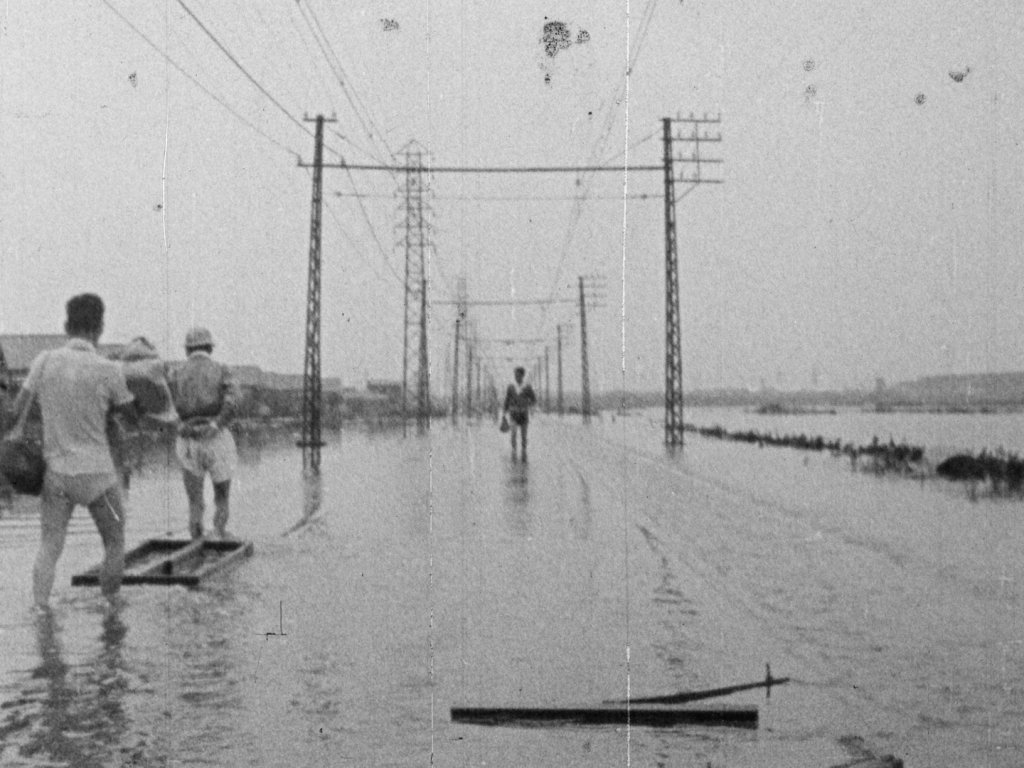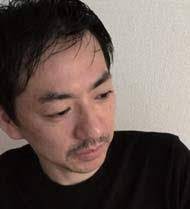-
SHARE
- X (Twitter)
The Nihon University Film Study Club pursued cutting-edge forms of expression in both documentary and fiction through collective filmmaking. Conversation between Nail and Sock (Kugi to Kutsushita no Taiwa) was created mainly by Hirano Katsumi and Koh (Taniyama) Hiroh, while Kanbara Hiroshi and Jonouchi Motoharu led the production of the subsequent Record N (N no Kiroku), which documented the devastation caused by the Isewan Typhoon in 1959. This was followed by a Surrealist Experimental Film, PuPu, completed in 1960, which focused on social movements within the Club inspired by the protests against the United States–Japan Security Treaty. Following those protests in 1960, the Nihon University Film Study Club was reorganized as the New Film Study Club and the VAN Lab for Film Science was founded. The latter went on to create diverse forms of art beyond the genre of moving images. Screened here will be digital restoration versions of the films, produced anew based on recordings in the Tokyo Photographic Art Museum Collection.
Dates:
2.2 Sun. 15:00– / Q&A session: HIRANO Katsumi (artist), HIRASAWA Go (guest programmer)
2.15 Sat. 11:00–
Venue: Tokyo Photographic Art Museum 1F Hall
Ticket: ¥800 [advance] / ¥1,000 [door]
*Running time (e.g. of movie): 98 min. (tentative)
Works
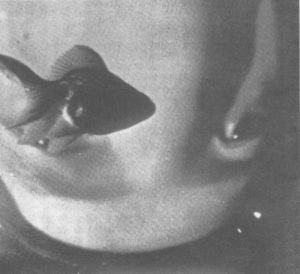
Nihon University Film Study Club, Conversation between Nail and Sock (Kugi to Kutsushita no Taiwa)
1958 / 28 min. / HD digital remastered version (Original: 16 mm film) / Dialogues in Japanese
Collection of Tokyo Photographic Art Museum
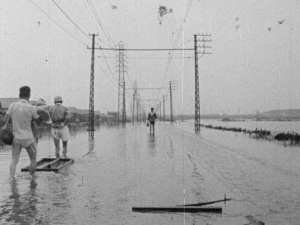
Nihon University Film Study Club, Record N (N no Kiroku)
1959 / 20 min. / 2K digital restoration version (Original: 16 mm film) / Dialogues in Japanese
Collection of Tokyo Photographic Art Museum
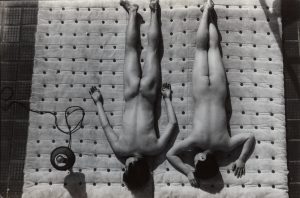
Nihon University Film Study Club, PuPu
1960 / 25 min. / 2K digital restoration version (Original: 16 mm film) / Dialogues in Japanese
Collection of Tokyo Photographic Art Museum

Nihon University, New Film Study Club, Bowl (Wan)
1961 / 25 min. / 2K digital restoration version (Original: 16 mm film) / Dialogues in Japanese
Collection of Tokyo Photographic Art Museum


